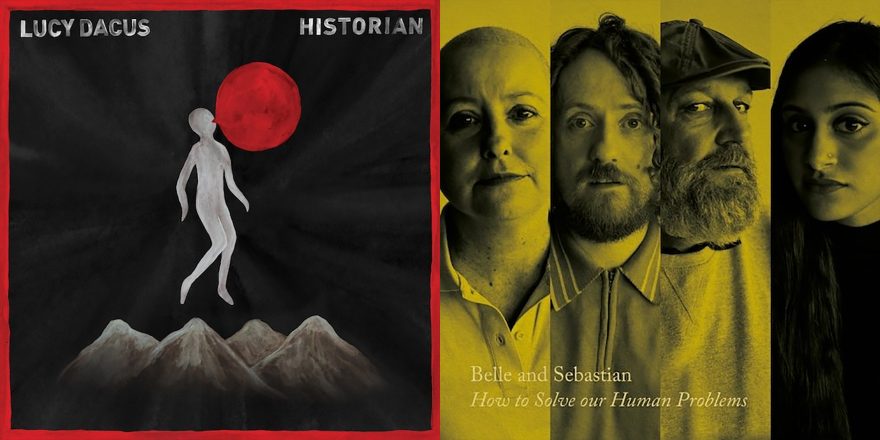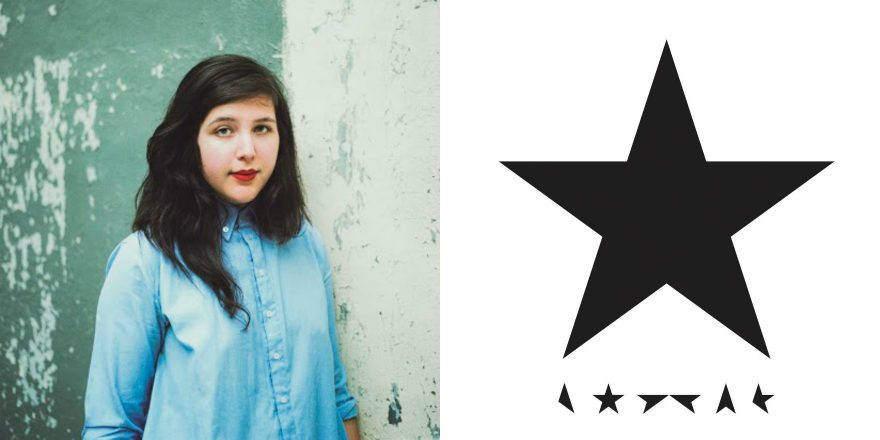The word “love” can be stretched to no end. Romantic love, familial love, self-love, and platonic love are all distinct, yet they all fall into the same category, for the reason that all of these types of love concern one’s engagement to others. That engagement takes the form of protection, pride, adoration, and elation. It also sets the scene for betrayal, fear, deceit, confusion, and loss. Love is the condition through which we feel pain.
In How to Solve Our Human Problems, Part 2, the second EP in Belle and Sebastian’s three-part treatise on the condition of our species, the multifaceted nature of love takes the thematic foreground. Sonic elements from Part 1 are carried through to Part 2, including ’60s psych, featured lines on woodwind instruments, and the masterful melodies and lyricism that their fans expect from Belle and Sebastian.
If you end up listening to these EPs back to back, “Show Me The Sun” is a great follow-up to “Everything Is Now,” the final track on Part 1. You might recognize some familiar guitar tones on this song that showed up in “Everything Is Now,” particularly the fuzz and the delay. This opener is an upbeat song for sinners; a doubt-riddled quest for God. Stuart Murdoch, Belle and Sebastian’s frontman and a self-described Christian, sings from the perspective of a lost soul looking for answers. The song is laced with overt biblical references, including baptism, prayer, and salvation, and the narrator likens himself to the rich man in the story of Lazarus the Beggar (the rich man is sent to hell, while Lazarus is seated next to Abraham in heaven). Even the title suggests a pun on the word “sun” with “son.” By the end of the song, the narrator prays that he might make manifest his faith in God: “Let me foster my intentions to be wise and to love you.”
“Same Star” is a one-woman call to arms from underneath the rubble of romance. “You suggest I find somebody for a remedy, but there’s nothing so wrong with me,” Sarah Martin, vocalist and violinist in Belle and Sebastian, sings. The chorus and rhythm are catchy, and the message is about having strength on one’s own. Martin describes her disenchantment with an old flame and says, “If I can do it once, I can do it again.” This could mean that she believes she can fall in love again, or it means that she lived without him once, and she can gladly return to single life. Either way, more power to her. The track was produced by multi-instrumentalist Leo Abrahams, who is known for his collaborations with Brian Eno, Imogen Heap, Florence + the Machine, and many others. With his help, the band has managed to resuscitate an old tune the band had given up on years ago, which somewhat mirrors its lyrics.
The third song on this EP is the centerpiece of the whole series. “I’ll Be Your Pilot,” which was released as a single last October, is about Murdoch’s entry into fatherhood. He makes references to the beloved children’s book The Little Prince, casting himself as the pilot who helps to guide the protagonist. What better way to solve our human problems and aid the future than by teaching a child how to live compassionately? Raising someone is an innately hopeful pursuit, but not without its inevitable pitfalls. Murdoch knows that the perils of money, competition, and grief are on the horizon, but he will protect his boy from those experiences as long as he can. The song is warm, simple, and fatherly. The lyricism is so concise that it needs no extrapolation:
It’s tough to become a grown-up
Put it off while you can
I tell you that when
You land in the real world
It’s like quicksand
After such a bittersweet tune, “Cornflakes” is disorienting. It’s a mess, but intentionally so, with disharmonious chords, detuned synths, and an unsettling vocal delivered by guitarist Stevie Jackson. The lyrics jump around, but overall, they communicate inner turmoil. In reference to emotional blockage and the eventual burst that follows unhealthy self-restraint, Jackson sings, “I never saw a river that didn’t flow somewhere. There was never any doubt I needed someone to care.” That lack of care has made the narrator manic. Within the sonic collage, we hear what sounds like a train chugging along at full speed, a ticking time bomb, and a siren ever-increasing in pitch. It’s stressful to listen to—a rare goal for musicians to work toward, but a goal they’ve achieved with this song nonetheless.
The final line of “A Plague on All Other Boys” summarizes the song: “There’s a roped-off part of every human heart for the first one you loved.” This will be a keenly felt sentiment for listeners who have ever run into their high school sweetheart after years of not seeing each other. The song remembers the blinding effect of young love: how it colors your world at the onset, and then, at its end, the utter devastation one feels, paired with rage-inducing trivialization from adults who often get caught somewhere between providing helpful perspective and woefully misremembering the painfulness of a first heartbreak: “How can you know love? You’re a minor.” In this particular story, the narrator’s love-interest starts going around town with other boys (hence the “plague” he wishes to set on them), then she attends a march on Washington to protest against the border wall and for women’s rights. Eventually, the narrator moves on, and his old love settles down, but not without a permanent place in his heart. So concludes Part 2, a collection of love songs of all kinds. Love hurts, but that hurting is essential to growth.






